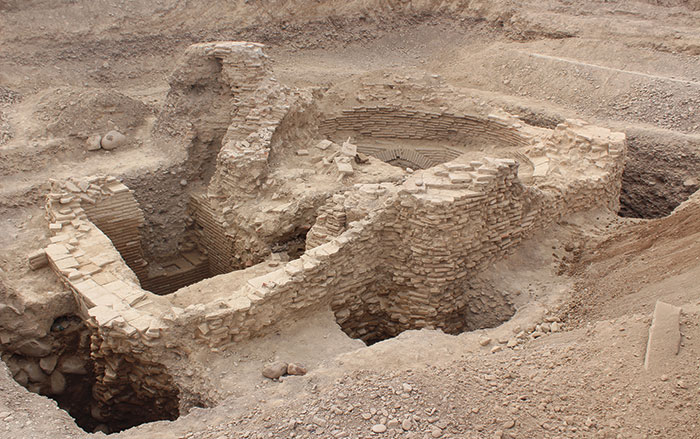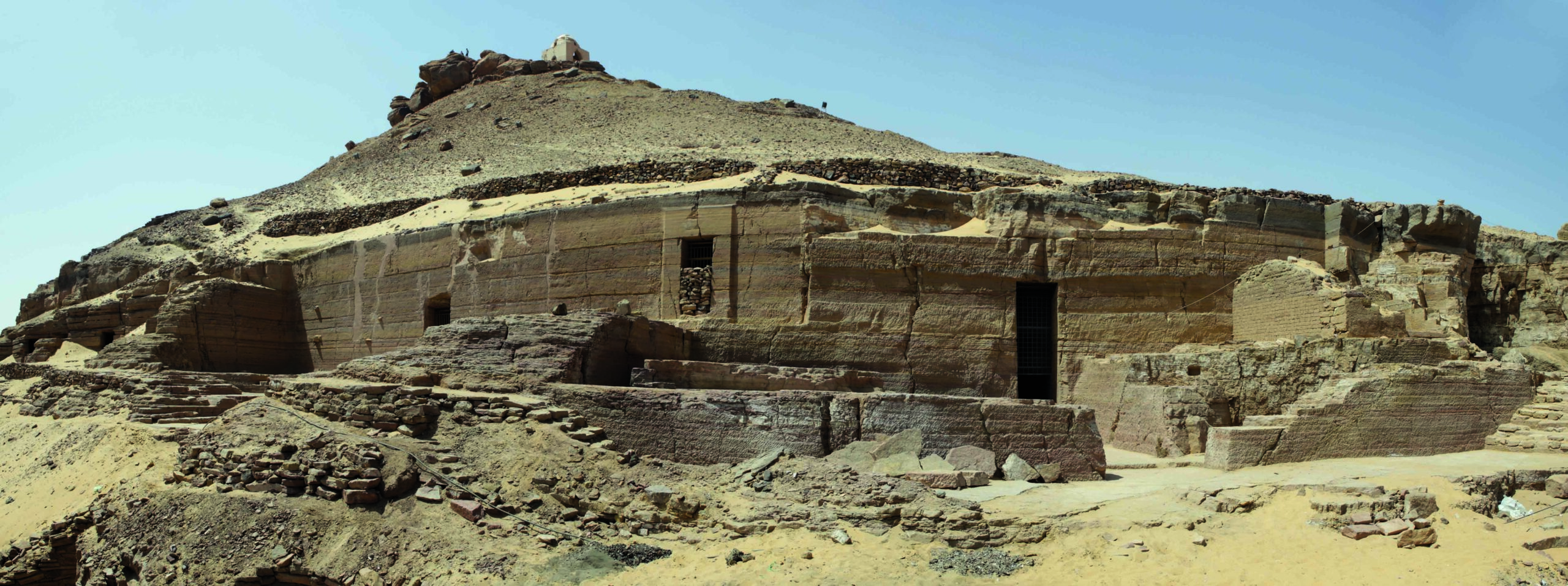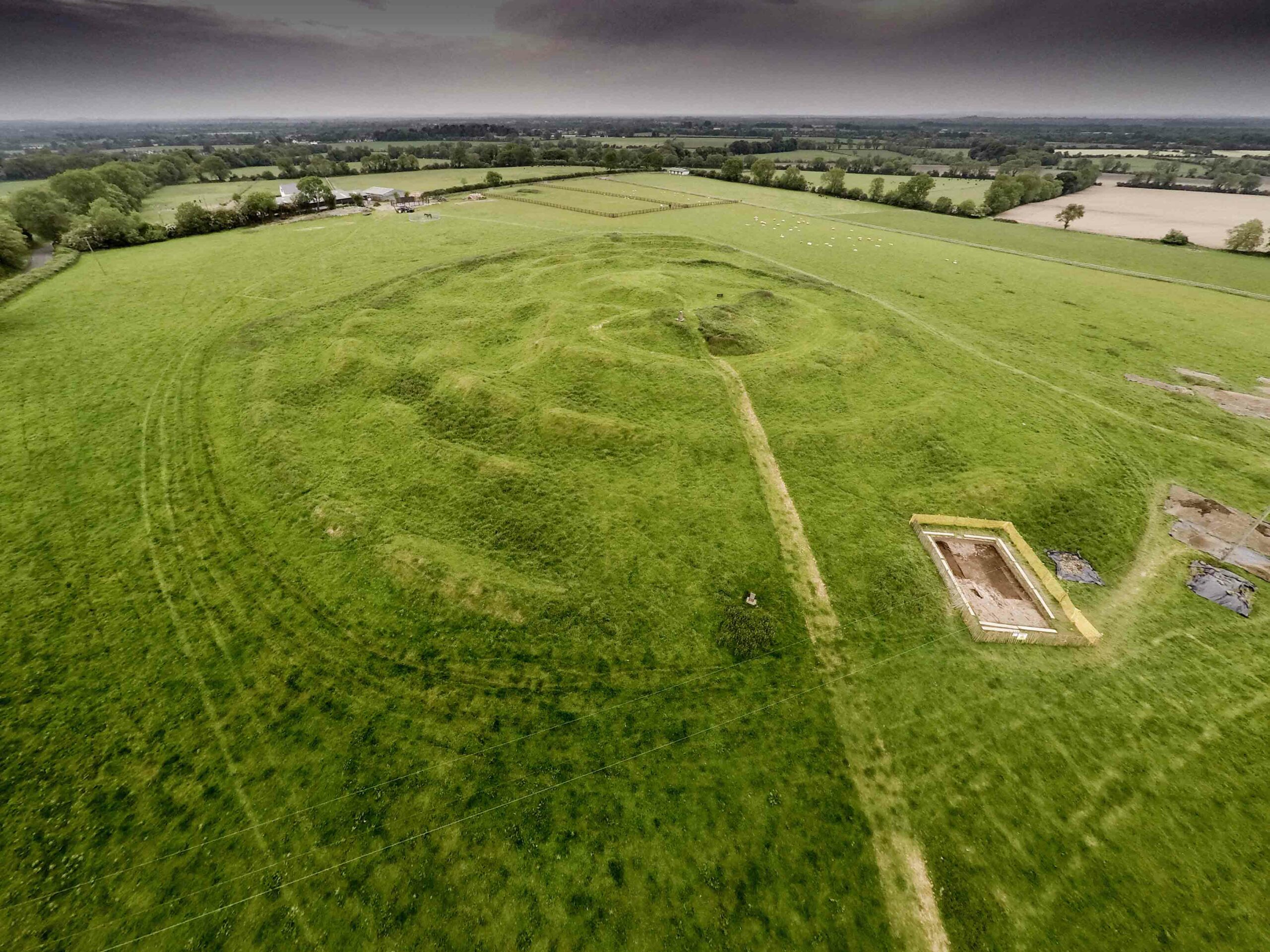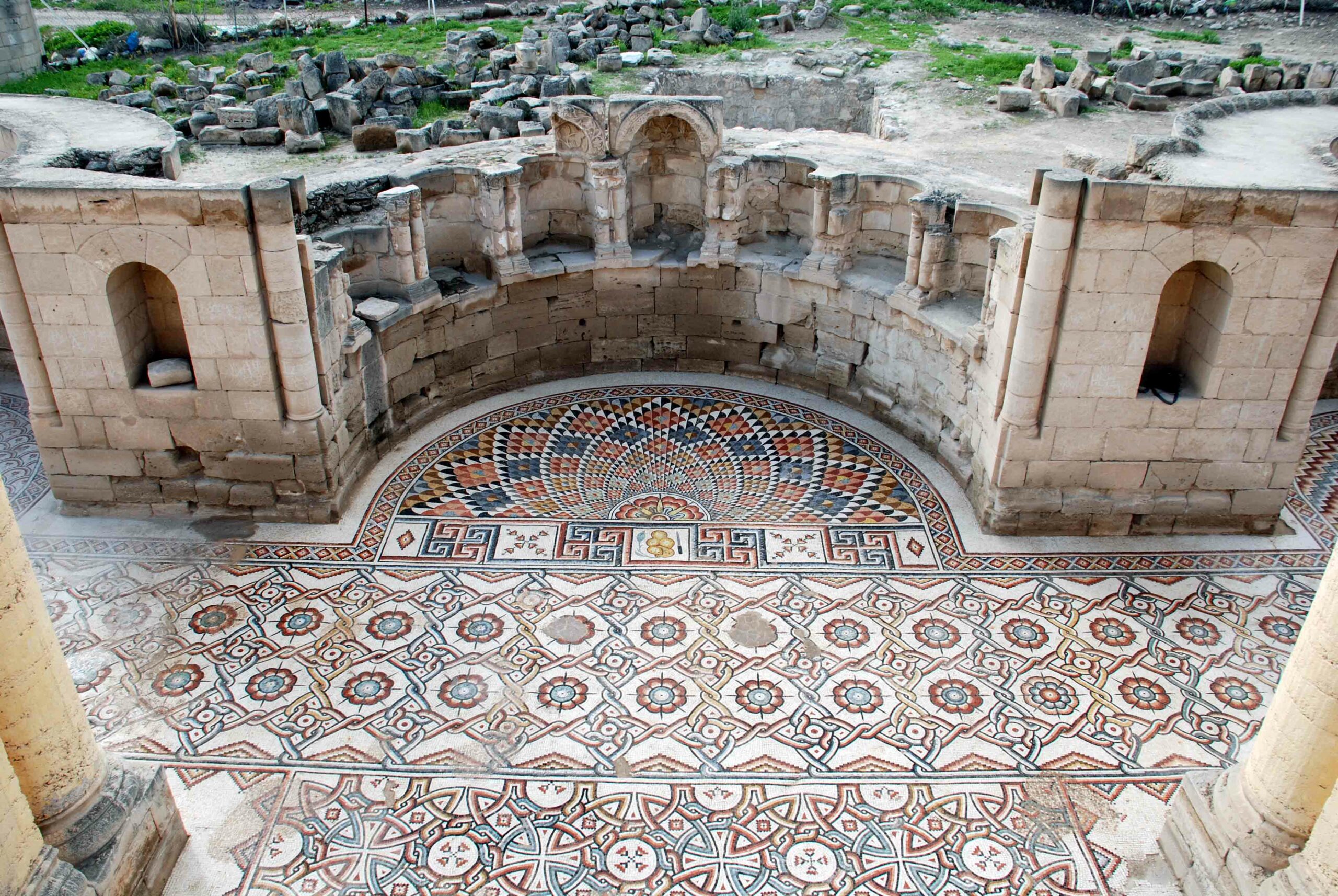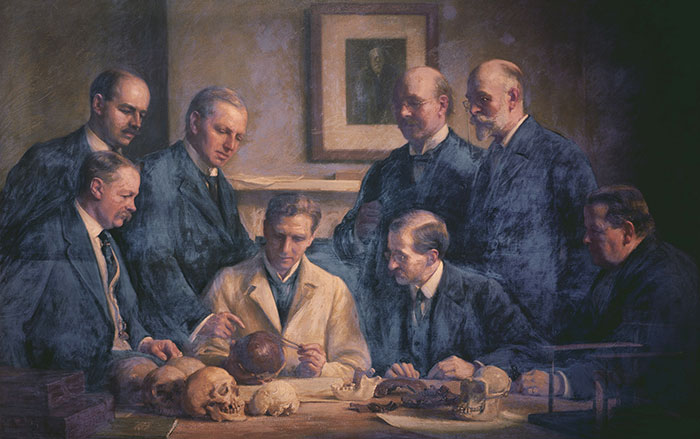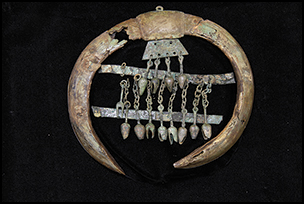
BADEN-WÜRTTEMBERG, GERMANY—Scientists have continued to excavate a burial chamber removed in an 88-ton soil block from the Heuneburg hill fort in 2005, according to a report in Live Science. State archaeologist Dirk Krausse said the waterlogged grave contained the remains of an elite Celtic woman who died in 583 B.C.—a date determined through study of the tree rings of the planks of the chamber floor. Among the artifacts were a petrified sea urchin and an ammonite, suggesting that the woman was “a kind of priestess,” according to Krausse. Other items include gold, bronze, and amber jewelry, and poorly preserved textiles and furs. A computed tomography scan of a bronze sheet at the feet of a second woman in the tomb revealed traces of an iron horse bit. The bronze sheet may have been another piece of horse gear worn over the forehead. An ornament made of boars’ tusks and bronze pendants that would have jingled when worn on a horse’s chest was also recovered. The style of the jewelry resembles artifacts found in cultures to the south of the Alps, and suggests that there had been more trade between the two regions than had been previously thought. To read about another discovery in Germany, go to “World’s Oldest Pretzels.”


